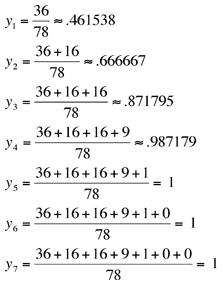|
Back to . . .
Here is the histogram for one iteration . . .
and then apply a "HWT" transformation to the
image.
|

NCB Deposit # 65 Patrick
Van Fleet, University of St. Thomas, St. Paul, MN
NSF DUE-0442684 Continuing with the
basic ideas of Wavelet transformation, we now examine . . . . .
Building Our Wavelet Transform - Examples Suppose we have the following list of numbers we wish to send to a friend over the internet and we wish to accelerate the transfer: { 200, 220, 150 140, 96, 100, 100, 100}
Making the transformation using MATHEMATICA® notebook.
Quantizing the Output Now it is desirable to have a method for determining which values are more or less unimportant and may be converted to 0 in a transformed data set.
Putting it All Together - Image Compression
|
|||||||||||||||||||||||||
|
||||||||||||||||||||||||||


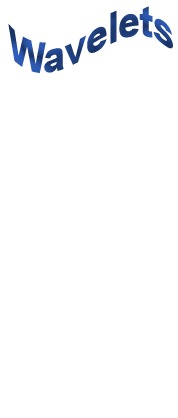
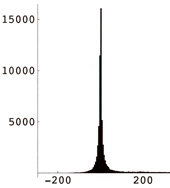
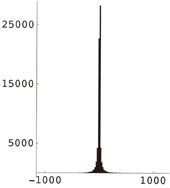
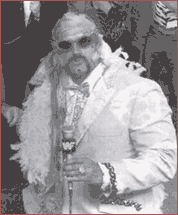
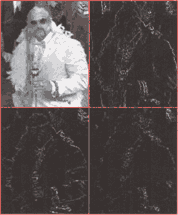
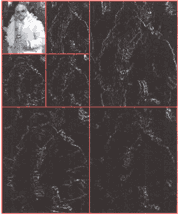


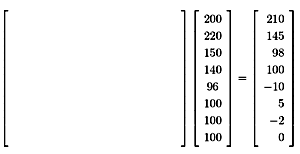
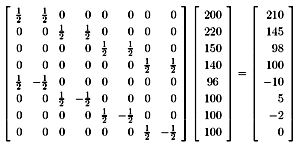
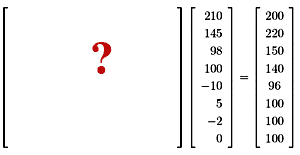
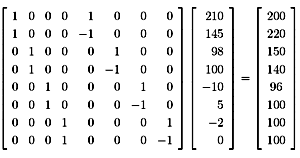
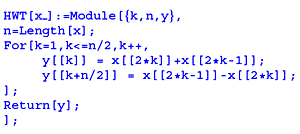
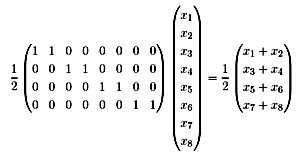
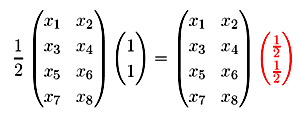
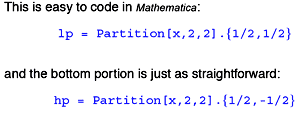
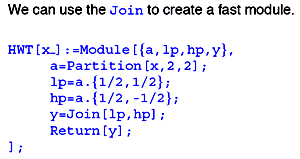




 . We form
the cumulative energy vector y
as follows:
. We form
the cumulative energy vector y
as follows: